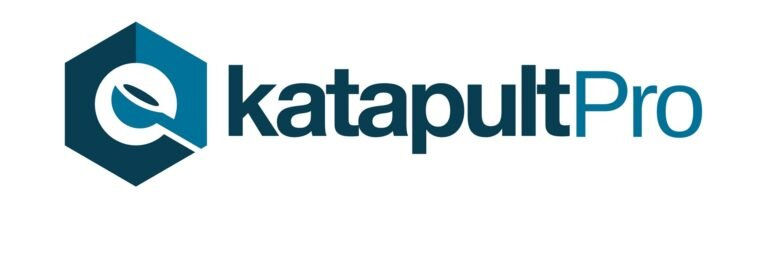Katapult Archives: Spida Export Software
- Isaac Tucker
- Dec 12, 2016
- 2 min read
Updated: May 13
This blog post is a piece of Katapult history, but it's not the most up-to-date information on Katapult Pro’s capabilities.
Katapult Pro is a software solution that addresses the major challenges of the distribution industry to help engineering teams focus on bringing reliable utilities to people across the country.

As more utilities are requiring pole loading, OSP engineers are trying to find more efficient ways to load and analyze multiple poles. Here at Katapult Engineering I have been part of our team that has been doing just that. As we were exploring different pole loading methods we realized that we already had all of the necessary data in Katapult Pro. Katapult Pro is an intuitive OSP software that can handle any or all steps of pole data collection and delivery while keeping all of the data in a single cloud based location. Instead of reinventing the wheel and building a pole loading software, we just needed to find one that was widely used and spoke the same language. Because our data was stored in JSON we decided to start by trying to export into a pole loading software that also used JSON. It was very clear that the only one that fit that category was SPIDAcalc.
Once we had the required JSON format from SPIDA software we were able to build a SPIDA export into our existing user interface. There were some minor setbacks. For example, in some places we had to add new pieces of data to our model and in other places elements that we were lumping together had to be separated for SPIDAcalc or elements we thought should be categorized separately were all part of the same structure in SPIDAcalc. After working out all of the kinks we were able to successfully write a relatively simple data transform function that got our data into the right format for SPIDAcalc.
We now have SPIDA export software that takes the data from our software, which is able to intuitively and quickly model multiple poles, and exports it into SPIDAcalc which is then able to analyze the poles. This drastically reduces the time spent loading each pole, because it pulls straight from the data that has already been collected and processed and no longer requires copying the data manually from a pole head sheet, attachment request form, or wherever else the data has been stored before. To learn more please visit Katapult Pro.
%20small.png)



Comments